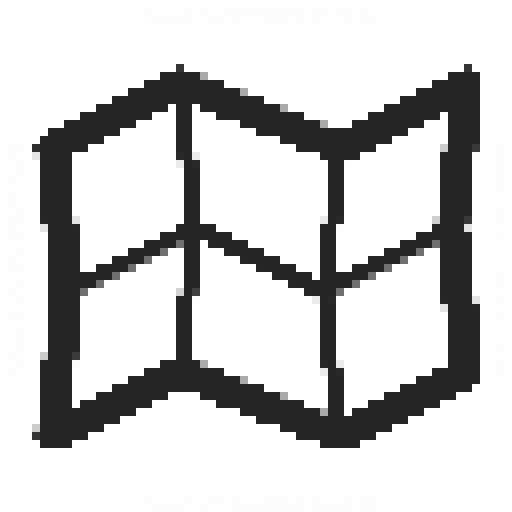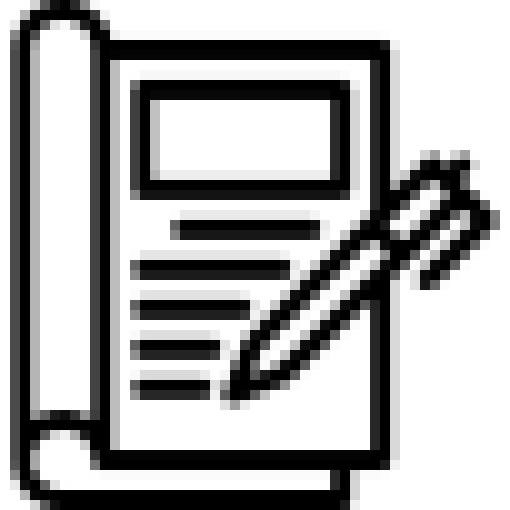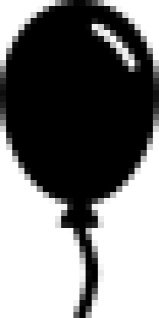
Potluck Markets is a social wagering app that combines gamification with community engagement. Users can create and join pots — shared pools of money centered around a goal, bet, or topic — and vote on who has earned the pot based on consensus.
Users can join public, private, or location based pots, add friends, message each other to discuss the outcome of pots, view the pots their friends are involved in, deposit and withdraw money, and much more!
Originally built as a web app in Spring of 2025, Potluck Markets is currently in active development and is now out on the iOS App Store!
Frontend: HTML, CSS, JavaScript (v2 in Swift)
Backend: JavaScript, SQL, Docker (v2 using Firebase)

udders is essentially a local chatroom system with each room being based on the user’s current location. Each chatroom is around a 150 m by 150 m square in a grid that covers the world. As the user moves around, they are transferred from chatroom to chatroom based on their location.
For example, say that the user is in a busy food court in a mall. Many people would not have the confidence to get up and start networking by walking around and talking face-to-face to everyone. Instead, the user can open Gridchat and start texting anyone who is nearby.
This app idea was initiated during HackNC 2022 as GridChat and then rebuilt and deployed in 2025 in less than 6 hours.
Frontend: Vite, TypeScript, Tailwind (Originally Flutter, Dart)
Backend: Express.js (Originally Flask, Python, SQLite, Google Cloud)

QuickBuck is a web-app which hosts a token-based currency trading platform. Users buy and sell QuickBuck tokens via the app. The QuickBuck value is algorithmically proportional to how many people are currently holding a QuickBuck.
For example, if I buy a QuickBuck, I would want to wait for others to purchase a QuickBuck after me, and then I would sell to make a profit.
This app idea was pursued in early 2022 but became arbitrary with the rising popularity of Meme coins.
Frontend: React.js
Backend: JavaScript, Docker, Google Cloud

deepQuestion is a mental health reflection app designed to turn the phone—often used as a tool for distraction—into a constructive outlet for emotional growth. This app combats the isolation and stigma surrounding mental health by creating a space for anonymous reflection and shared experience.
Each day, users are prompted with a thoughtful question and given 30 seconds to reflect before submitting a private written response. After submitting, they can explore a feed of anonymized responses from others, helping them realize they’re not alone in their feelings. The app uses natural language processing to analyze each reflection, tracking mood trends and progress over time. A visual graph and mental health “grade” system help users understand their emotional patterns and personal growth.
deepQuestion won the CockroachDB Prize at HackDuke 2022.
Frontend: Cordova, HTML, CSS, JavaScript
Backend: Django, Python, CockroachDB

As part of my volunteer work with the Young Scientist Academy, a nonprofit that empowers youth through science and technology, I led and collaborated on hands-on environmental research projects throughout middle and high school. One of the most impactful initiatives was our weather balloon research, where I helped build and program onboard systems to collect real-time atmospheric data—including barometric pressure, temperature, and ozone levels—at high altitudes.
In addition to hardware and sensor integration, I also trained machine learning algorithms to process and interpret the data for 3D environmental mapping. These models were used to analyze local green space distribution and inform community awareness of urban heat islands and air quality disparities.

Eye2Eye is a research-driven video conferencing project that reimagines virtual communication by using two webcams and spatial audio to simulate face-to-face interaction. By placing participants around a virtual table and adjusting both video angles and audio direction, Eye2Eye creates a more natural, immersive experience.
Eye2Eye is a custom video conferencing tool accessed through a web browser and is part of a user study on the effects of video conferencing on user communication. The tool has options to add input delay, use multiple cameras, use a circular seating order, and use spatial sound.
Frontend: Node.js, HTML, JavaScript
Backend: Node.js, JavaScript, Render, Oracle Cloud (for custom STUN/TURN server)

On our apartment wall, we have a behavior chart. We use it all the time. When someone new comes into our apartment, we put a new pin on it. You get moved up for good behavior and down for bad behavior.
It was simple, fun, and a huge part of our daily lives. But over time, and after a bit too much love, it broke -- so I used AI to build a digital version of the chart.
In under 6 hours of vibe coding, we (Google Gemini and I) built the app, connected it to a cloud database, deployed it to a subdomain, and even wrote this LinkedIn post about it. Now, anyone can create, share, and enjoy their own behavior charts with friends and family.
Frontend: HTML, CSS, JavaScript
Backend: JavaScript (Client-side)

Beeper is a ride-sharing application designed specifically for students, providing a safe and affordable way to travel to and from campus, or around town.
Riders request a ride, active beepers accept it, navigate to the rider, pick them up, and transport them to their destination. Riders can pay through Venmo.
Frontend: React, TypeScript, Vite
Backend: Firebase

Nothing is a minimalist app where users compete to see who can do nothing for the longest period. The concept challenges our constant need for engagement and turns inactivity into a competitive sport.
The app tracks the duration each user can remain idle without interacting with their device. A global leaderboard displays the top champions of inactivity, creating a fun, quirky social experiment.
Frontend: React, Vite, TypeScript
Backend: Firebase

The Secrets App is a simple, anonymous, and addictive micro-confessions app. Every time you open it, you’re presented with a random secret left by another user — funny, strange, wholesome, sad, or downright mysterious. To reveal a new one, you must leave a secret of your own.
There are no accounts, no names, no profiles, and no tracking. Just a community of strangers trading moments, thoughts, confessions, and curiosities.
Frontend: React, Vite, TypeScript
Backend: Firebase
Portfolio Loading...